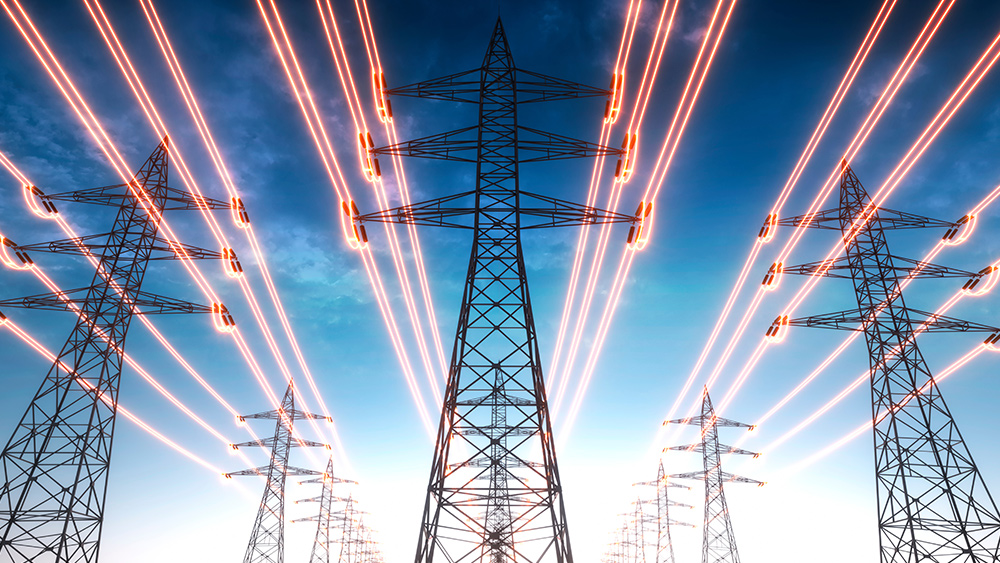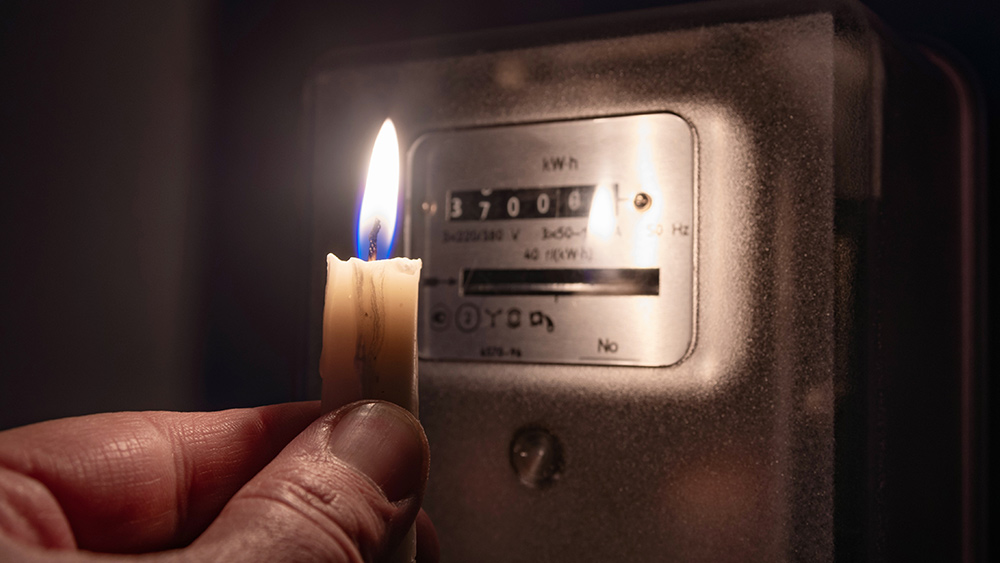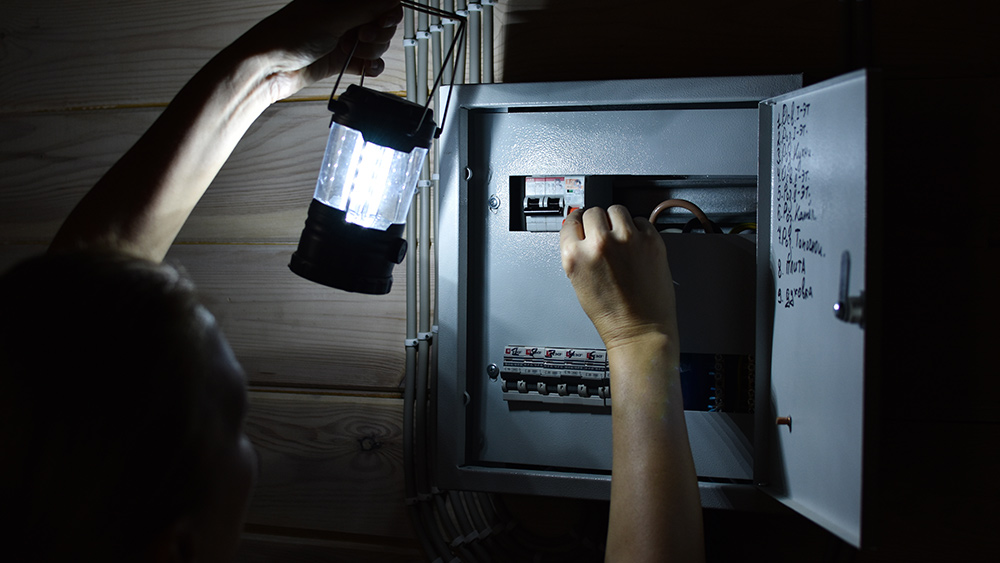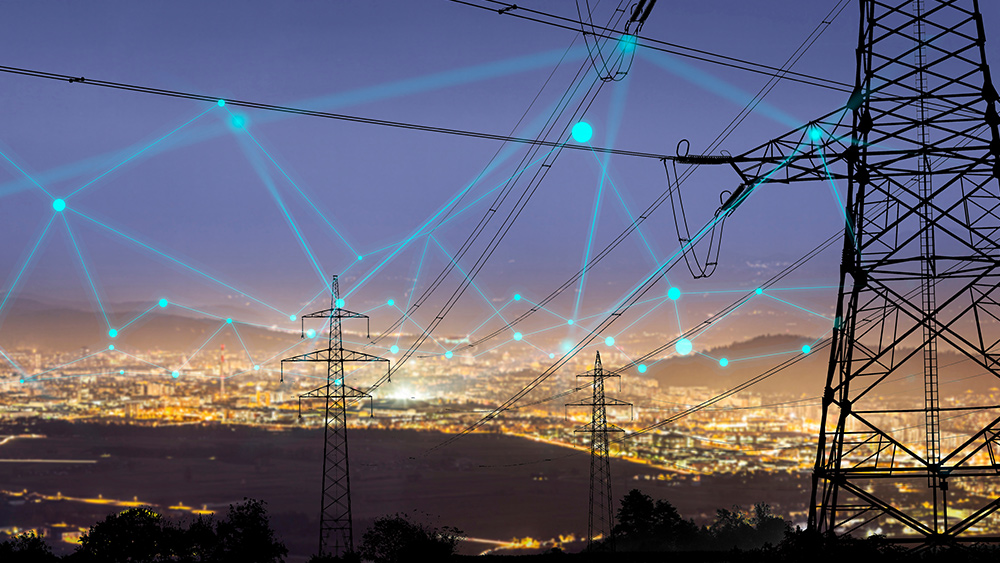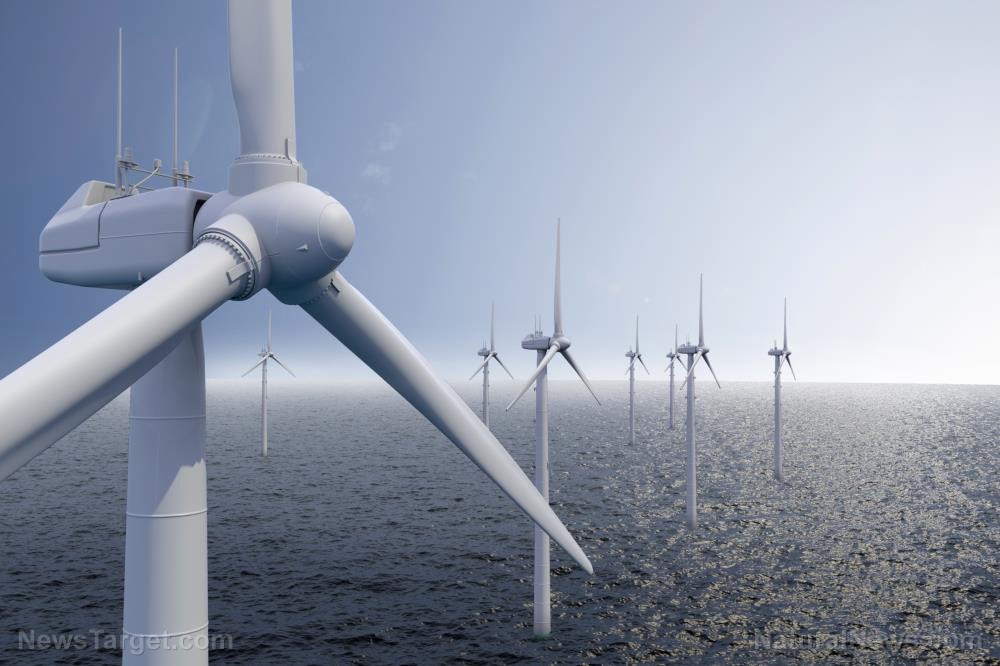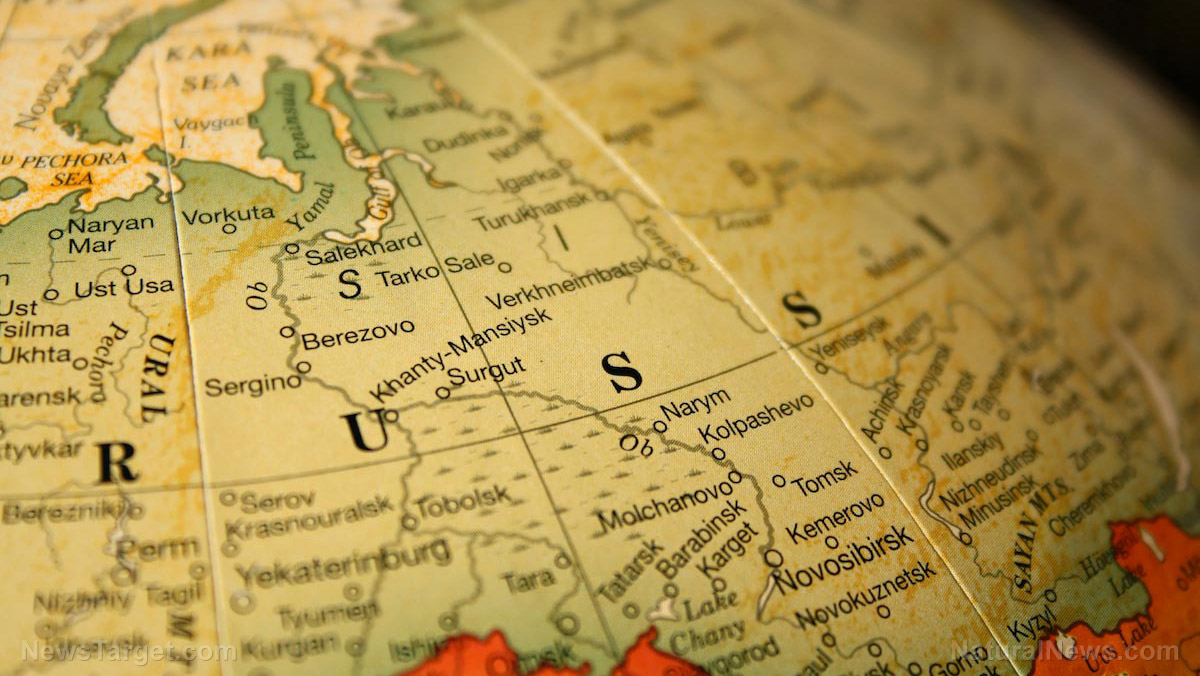Spain’s renewable energy “success” triggers nationwide blackout, exposing grid vulnerabilities
04/30/2025 / By Cassie B.
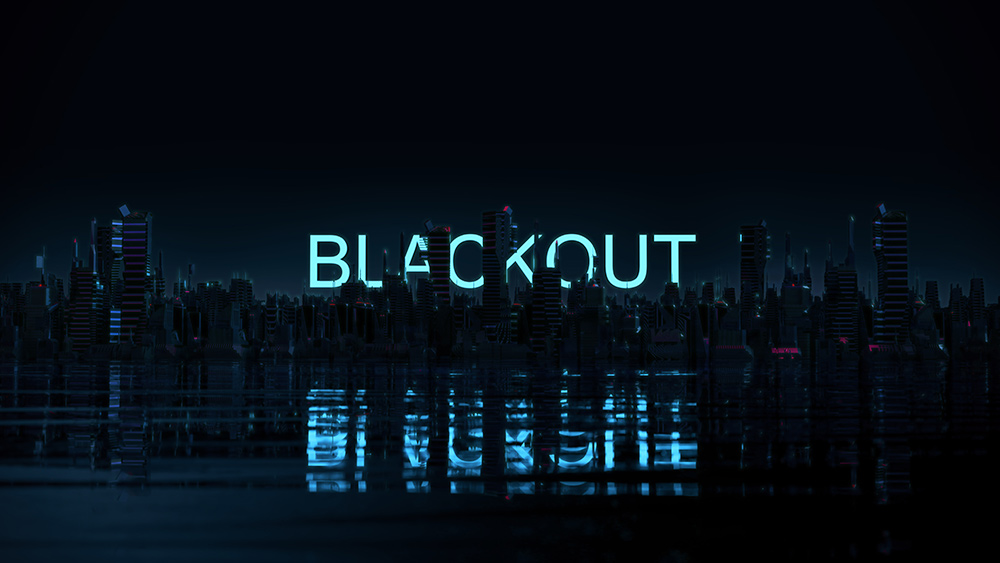
- Spain and Portugal suffered their largest blackout in history, disrupting millions and paralyzing critical infrastructure like trains, hospitals and airports.
- A cascade of failures at Spanish solar plants triggered the blackout, exposing vulnerabilities in renewable-dependent grids and severing power connections with France.
- Over 35,000 passengers were stranded, emergency services relied on generators, and cities faced chaos as traffic lights and subways failed.
- Experts blame poor infrastructure planning, as outdated grids couldn’t handle solar energy’s volatility despite prior warnings.
- Damages may reach $5 billion, yet government leaders deflect blame, sparking public backlash and calls for accountability.
Spain and Portugal suffered the largest blackout in their shared history this week, plunging millions into darkness for most of the day on Monday. A report is now linking the outage to two solar plant failures in Spain’s southwest, which destabilized the grid. The incident halted critical infrastructure such as trains, airports, and emergency services, sparking calls for accountability as governments rushed to downplay renewable energy contributions.
Red Eléctrica, Spain’s grid operator, identified a cascade of power losses at solar facilities as the likely trigger. The failure rippled across an interconnected European grid, severing Spain’s tie with France and plunging Portugal into chaos. Spanish Prime Minister Pedro Sánchez attempted to minimize concerns, stating, “We have never had a complete collapse of the system.” But this response ignores the reality — grid dependency on intermittent solar energy left the electrical infrastructure vulnerable.
The blackout’s immediate effects were staggering. Over 35,000 passengers were stranded on trains, airports halted operations, and hospital generators struggled. In Madrid, subway stations became pitch-black, while Lisbon’s traffic lights failed, creating gridlock. As many experts have long predicted, renewables-driven policies left the grid unprepared for sudden drops in generation.
The cost of false promises
As experts dissect the disaster, economic and reputational costs mount. RBC Capital Markets estimates damages between $2.5 billion and $5 billion across Spain and Portugal, citing disrupted global supply chains, paralyzed businesses, and lost productivity.
Technical flaws in the transition to renewables are key. Solar and wind lack the “inertia” traditionally provided by fossil fuels or hydropower, which stabilize grid frequency. Such physics were willfully ignored by policymakers, who prioritized green mandates over basic infrastructure upgrades.
Grid operator Red Eléctrica now faces accusations of negligence. Opposition leader Miguel Tellado claims the state-owned agency failed to adapt infrastructure to solar’s volatility and is calling for a parliament-led inquiry. Spain’s 2024 internal report also warned that renewable energy connects to outdated substations ill-equipped to handle sudden swings in supply — a prediction that was just catastrophically vindicated.
The human toll in the dark
Beyond infrastructure, families and emergency responders paid the price. Barcelona residents slept in sports centers after train stations emptied, while health clinics operated on backup generators.
The government, meanwhile, seeks to deflect blame. Energy Minister Sara Aagesen demanded energy firms submit millisecond-level data on the outage’s onset, while Sánchez left the door open to a “cyberattack” theory debunked by grid officials; critics see this as evasion.
Ruby emphasized that grids must adapt to renewables, a point not lost on industry advocates. Yet investment lags behind ambition. Spain’s plan to spend €52 billion on grid upgrades by 2030 falls short, according to utility groups.
The blackout crystallizes a paradox: countries pursuing renewables to combat climate change now face existential threats from the very systems they champion. Spain’s ordeal is not an anomaly but a preview; without honest oversight and hybrid grid solutions, solar and wind energy risk becoming as unstable as politics.
Citizens are left questioning whose interests are served when governments gamble public safety on unproven technology. True progress requires transparency, not greenwashing. The shadow of the darkened skies over Barcelona and Lisbon now demand answers, and accountability, before the next crisis strikes.
Sources for this article include:
Submit a correction >>
Tagged Under:
big government, Blackouts, chaos, Collapse, deception, disaster, electricity, energy supply, green living, Green New Deal, green tyranny, insanity, national security, panic, Portugal, power, power grid, renewable energy, SHTF, solar power, Spain
This article may contain statements that reflect the opinion of the author
RECENT NEWS & ARTICLES
Electricity.News is a fact-based public education website published by Electricity News Features, LLC.
All content copyright © 2018 by Electricity News Features, LLC.
Contact Us with Tips or Corrections
All trademarks, registered trademarks and servicemarks mentioned on this site are the property of their respective owners.

